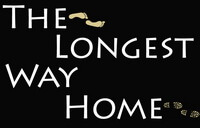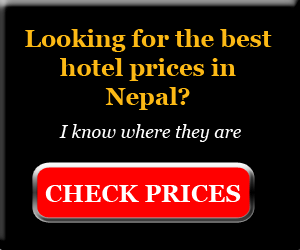About transport in Nepal

For a very small landlocked country, getting around Nepal for a tourist is often a slow, frustrating experience. Tourist buses will take you to all the main tourist destinations in the country. But after that, it's a mix of local buses, taxis, motorbikes, and the odd rickshaw.
Nepal's roads are generally in quite poor condition and affected by the seasons, e.g., monsoon. When there's repair work being done, it usually means delays of several hours. Mix in Nepalese strikes (bandas), and the delays can really hamper a journey if you are not careful.
Plan ahead, though, and you'll be just fine. Do take note of the following, though, as it will help you with your trip.
Buses in Nepal
There are several types of bus in Nepal, and they nearly all suffer from years of bad road conditions. Flat tires are quite common as are breakdowns. But the good news is that such delays are usually fixed quite quickly and on the spot.
The second biggest delay in local bus transport comes from the frequent stops to let people off or pick them up. Tea breaks and meal stops play a role here too. Tourist buses generally have fewer stops.
Bus parks are centrally located within all the big towns, and most local transports know where to find them. However, once at the bus parks, don't expect to see destinations listed out or set time frames. The exception to this is Kathmandu, where the main bus park (Ratna Park) was dismantled, and the new bus park reassigned mid-build. This has led to smaller bus stops opening around the Ratna area.
Asking around is the best option to find the bus you are looking for. People will be quite helpful in pointing them out. Buses generally only leave when they are full.
Private tourist buses may have their own pick-up points, i.e., Greenline.
Tourist Buses:
These come in two forms. New express "high-end" tourist buses and the more common "tourist" bus.
Premium buses: High-end buses are generally only available between Kathmandu and Pokhara. Though routes to Chitwan open up during peak season. These buses generally have their own stops. Your luggage is generally stored inside compartments but also on the roof if there's not enough room.
Ticket prices are often $25 or more but include lunch. Popular services include Greenline, Mountain Overland, and Jagadamba, though the latter charges "foreigners" more.
Regular tourist buses: These are older express buses that often don't have working air-conditioning. These are the most common forms of intercity transport for both tourists and locals alike. These buses stop for lunch and sometimes a tea break. Your luggage is generally hoisted up onto the roof and strapped down. There's no charge for this, and it's generally covered if raining. They usually leave from set bus parks at half the price of Express buses.
For all kinds of bus transport, it's best to carry your valuables with you rather than leave them with your main luggage on the roof or out of sight.
Do read my guide on the Kathmandu to Pokhara bus route.
Other bus services in Nepal:
Night buses: These are the same as "tourist buses" but generally only leave very early in the morning or late at night and get in very early in the morning. They don't always run and are generally not for the faint of heart. The only comfort is that many of the new ones have plush seats.
Micro-vans: These are usually little Toyota vans that have been converted to allow for more seats. Usually by removing seat padding and putting in benches. They are cramped and not very comfortable. They are used extensively as bus transport within cities and depending on the distance usually cost under 10 rupees.
There are some newer micro vans that are used for long distance transport in replacement of tourist buses. They are generally faster, more expensive and not as cramped as the inner city micro vans.
Taxis in Nepal
Nepal's taxi ranks are mainly made up of little white Suzuki's. They are meant to be metered but the reality is the meters don't work in tourist areas. The taxi's are small but provide for an essential transport service in Nepal.
Always agree on a price before getting into a Nepalese taxi. Many a driver will try to take your luggage and put it into their boot and just say "no problem" or "yes, yes". Always agree on a price before getting in!
Taxis are an off a fast cheap way to get around cities and many tourists often hire taxis out for a day of sightseeing.
Domestic flights in Nepal
Nepal has quite an extensive domestic airline industry. Domestic flights arrive/depart from the terminal adjacent to Kathmandu Airport.
Tickets are bought from many of the travel agents you will see in the cities or indeed from your hotel. You can generally find a seat the day before you leave with no issues.
Flights do have a habit of being cancelled or delayed due to weather conditions or repair work. As such if your international flight is leaving on a fixed day from Kathmandu always try to be back in Kathmandu at least a day early ... just in case.
For over 10 years online booking has been available for domestic flights, and for over 10 years I've warned tourists not to book online. The reality is if your flight is cancelled or delayed trying to deal with a domestic airline is confusing and time-consuming. It's far better to book a ticket through a travel agent. It costs the same.
Lukla bound flights change twice a year from Kathmandu to Ramechhap (5 hours away from Kathmandu). This causes travellers a lot of trouble as the airlines only let people know a month or a few weeks away that their flights have been canceled. Which then leads to the new flights being completely booked out. Once again, if you are flying in domestically in Nepal I strongly advise you to book through a Nepali travel agent.
Jeeps, Land Rovers and 4WD in Nepal
Four-wheel drive vehicles are used extensively in Nepal, both by locals and tourists. For tourists, they are used mainly for reaching some trekking start points or on overland journeys from/to India and from/to Tibet.
It's also possible to hire a jeep for sightseeing, as they are more comfortable than private cars. However, the price does go up as well.
More about traveling overland from Nepal into Tibet, and more about traveling overland from India into Nepal.
Motorbikes & cycling in Nepal
Renting a motorbike in Nepal: Motorbikes are everywhere in Nepal. From speeding students to a family of 5, you'll need to watch out for them or get an occasional close call. That being said, renting a motorbike in Nepal is quite an easy thing to do and also quite popular.
The most popular place tourists rent bikes in Nepal is in Pokhara. Either to drive around the pristine lakeside area or to take that big road trip to Kathmandu. You can also take motorcycle lessons in Nepal quite cheaply, though international standards may not be enforced or even known about.
To rent a motorcycle in Nepal, you should have a driving license. You should also take out insurance and a helmet from the place you are renting the bike. Ensure that you know how to maintain the bike and what to do in the event of a breakdown or flat tire.
Motorcycle taxis in Nepal: These are usually inner-city bikes that are not official forms of public transport. It's important that you are comfortable about being a passenger on a motorbike before riding on one. Between the traffic, zigzagging, bad roads, and pollution, it can be quite a hair-raising experience!
Renting a bicycle: Best kept to tourist locations like Lakeside in Pokhara, or around Sauraha in Chitwan where there's less traffic than in Kathmandu. Again, you will need to be especially cautious of bad roads and hazardous traffic. But it can be a very enjoyable way of getting around in some areas.
Rickshaws in Nepal
Motor Rickshaw: Once Nepal had plenty of motorized rickshaws. Today, there are very few. High pollution and poor roads mean it's quite rare to see a rickshaw in Nepal.
Cycle Rickshaws: Also once quite popular, these rickety old carriages can still be found in many towns. Quite slow and awkward, they are best used for short journeys or during bandas when you can still avail of them.
Walking around in Nepal
It is possible to walk around many parts of Nepal's main cities. Tourist zones are, in fact, best seen on foot as there are often lots of interesting side streets and buildings. There are, however, a few things to keep in mind when tackling Nepal by foot.
There are very, very few street names. At least, there are very few streets with signposts. Most people use landmarks to tell you directions, which can be challenging.
Nepal's streets are often very congested. Between motorbikes, taxis, the odd rickshaw, cow, and a sea of humanity, it can be quite a struggle if you are not used to it.
Nepal's pedestrian pathways are also basically nonexistent. And those that do exist are often taken up with hawkers, beggars, waste, or simply broken concrete.
Nepal's streets are also influenced by the weather. They get flooded during the monsoon season and can get very dusty during the summer.
It's certainly very possible to walk around Kathmandu city or Pokhara and enjoy yourself. Just watch your step!
Meanwhile, out in the mountain-side villages, the lack of vehicles makes for some fantastic walking and trekking experiences.
Hiring a private vehicle in Nepal
Renting a car in Nepal is possible but may not be worth the hassle. Between deposits, car insurance and the stressful driving conditions most people hire a car and a driver.
This is either done via a travel agency or by simply hiring a taxi along with driver for select period. Many hotels can also arrange this for you. Shopping around for prices will help a lot.
Get my Guidebooks to make the most out of your time in Nepal!
Liked this page? You'll love my books!
100% independent guidebooks, with no sponsored trips or ads. Designed to help travelers get the most out their trip to Nepal with premium detailed guides, insider information, impartial hotel and restaurant reviews, complete trekking routes, dedicated heritage walks & much more ...
Available in print or digital editions - the best guidebooks for visiting Nepal.
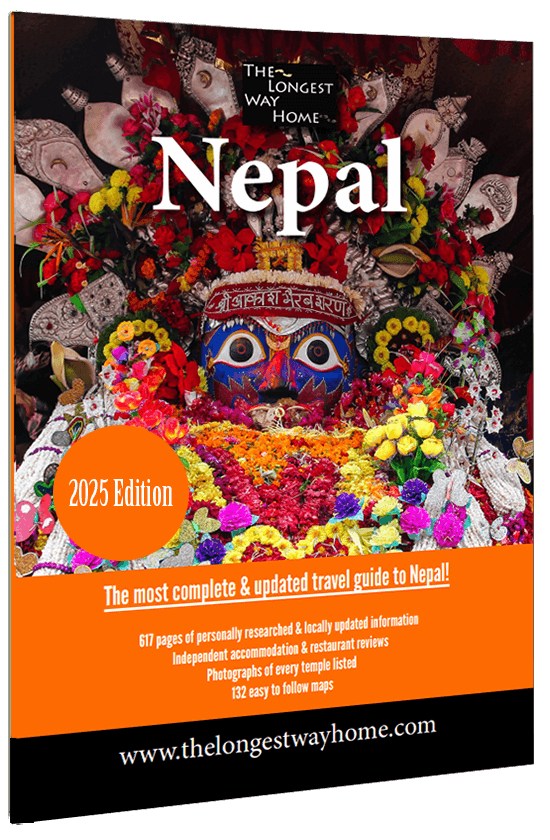 |
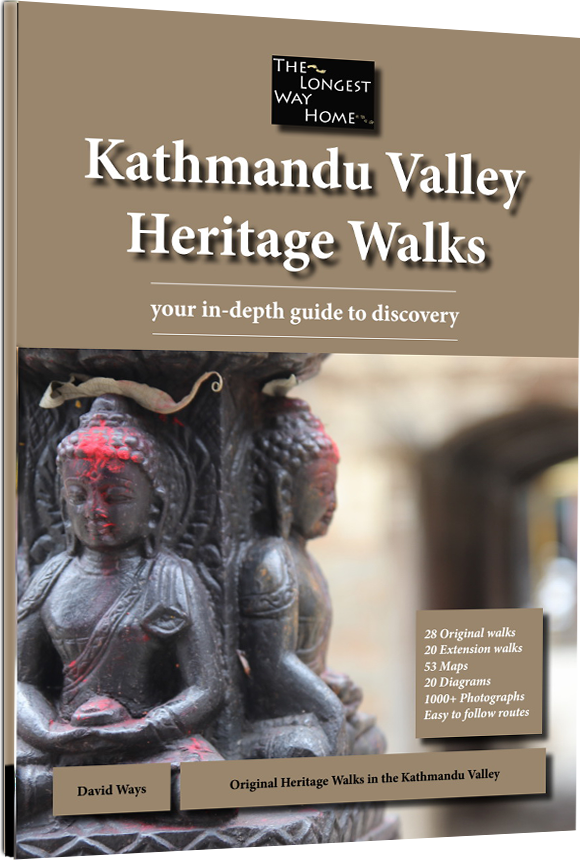 |
Full Nepal Guidebook
|
Kathmandu Valley Heritage Walks
|
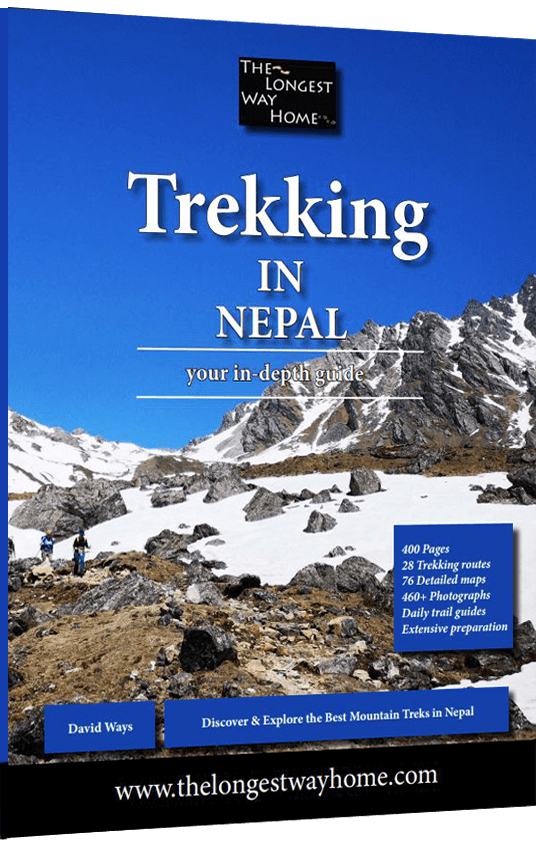 |
Trekking in Nepal |
Was this page helpful to you? If so please tell others!

